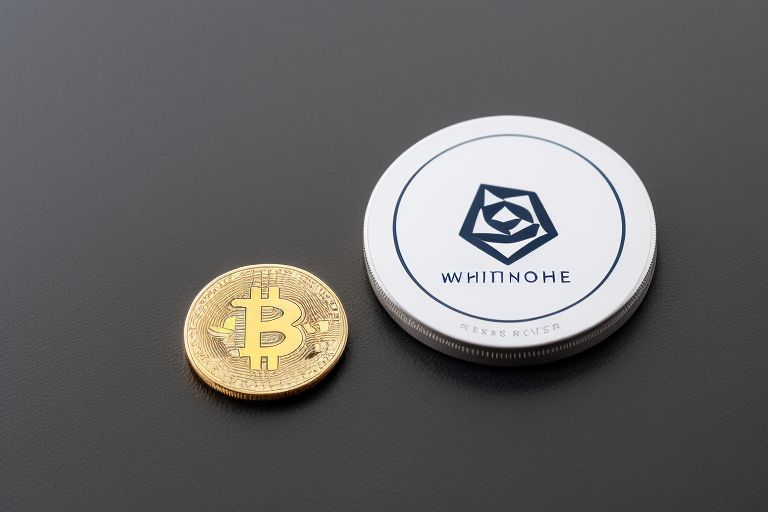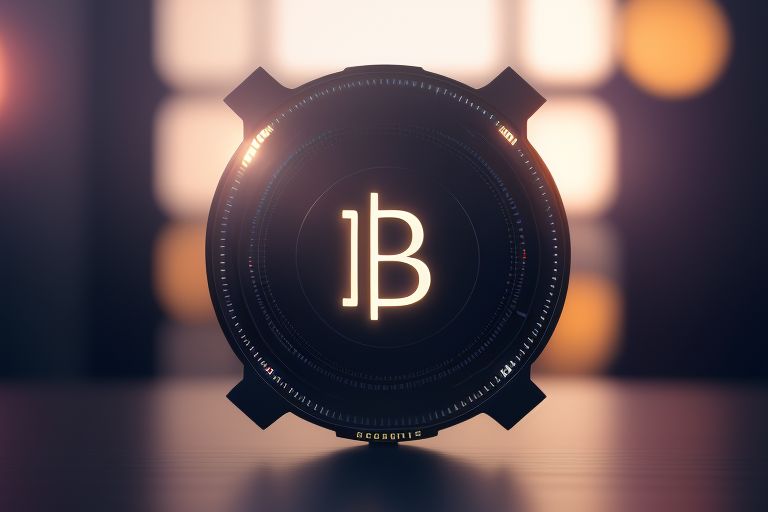Ethereum, the world’s foremost blockchain for decentralized applications, is facing significant challenges related to scalability and transaction costs. As the demand for decentralized finance and other blockchain applications continues to grow, the need for efficient solutions becomes increasingly urgent. Ethereum Layer 2 solutions have emerged as a revolutionary approach designed to enhance the network’s scalability and efficiency.
Ethereum Layer 2 refers to a set of technologies built on top of the Ethereum mainnet, also known as Layer 1, to address its limitations, particularly in terms of transaction speed and cost. These solutions process transactions off the main Ethereum chain, thereby reducing congestion and lowering fees while maintaining the security and decentralization that Ethereum is renowned for.
Layer 2 solutions encompass a variety of technologies, each offering unique advantages. Rollups are among the most popular Layer 2 solutions. They bundle multiple transactions into a single transaction, which is then processed on the Ethereum mainnet. This reduces the load on the mainnet and significantly cuts down transaction fees. Rollups come in two main types: Optimistic Rollups and zk-Rollups, each with different mechanisms for ensuring transaction validity.
State Channels allow users to conduct multiple transactions off-chain, with only the final state being recorded on the Ethereum blockchain. This method is particularly useful for applications requiring high-frequency transactions, such as gaming and micropayments. Plasma chains are separate blockchains anchored to the Ethereum mainnet, used to process transactions off-chain and only submit proofs of fraud to the mainnet, thus enhancing scalability.
Layer 2 solutions offer several benefits that make them indispensable for the future of Ethereum. By offloading transactions from the mainnet, Layer 2 solutions significantly increase transaction throughput, allowing Ethereum to handle more transactions per second. Transaction fees on Layer 2 are substantially lower than on the mainnet, making Ethereum more accessible to users and developers. Faster transaction processing and lower costs improve the overall user experience, making decentralized applications more attractive to a broader audience.
Despite their advantages, Layer 2 solutions face challenges, particularly regarding decentralization and interoperability. Many Layer 2 networks are still centralized, which can pose security risks and limit the decentralization ethos of blockchain technology. Additionally, the proliferation of different Layer 2 solutions can lead to fragmentation, complicating the user experience and interoperability between networks. To address these issues, the Ethereum community is actively working on innovations such as the anticipated danksharding upgrade, which aims to further enhance scalability and decentralization. Furthermore, efforts are being made to improve interoperability between Layer 2 solutions, allowing seamless asset transfers and interactions across different platforms.
Several Layer 2 projects are making significant strides in enhancing Ethereum’s capabilities. Polygon is known for its versatility, providing a framework for building and connecting Ethereum-compatible blockchain networks, offering scalability and low transaction fees.
Arbitrum is renowned for its low-cost transactions and robust security, making it a popular choice for developers and users alike. Immutable X specializes in non-fungible tokens, offering instant trading and zero gas fees, making it ideal for gaming and digital collectibles. Optimism focuses on achieving Ethereum Virtual Machine equivalence, providing a seamless experience for developers looking to build on Ethereum.
The future of Ethereum Layer 2 looks promising as these solutions continue to evolve and mature. With ongoing developments aimed at enhancing decentralization, interoperability, and user experience, Layer 2 solutions are poised to play a crucial role in Ethereum’s growth and adoption.
As the blockchain landscape continues to expand, Layer 2 technologies will be instrumental in ensuring Ethereum remains a leading platform for decentralized innovation. In conclusion, Ethereum Layer 2 solutions are not just a stopgap for current scalability issues but a fundamental component of Ethereum’s long-term strategy. By addressing the network’s inherent limitations, these solutions are paving the way for a more efficient, cost-effective, and user-friendly blockchain ecosystem.





















+ There are no comments
Add yours